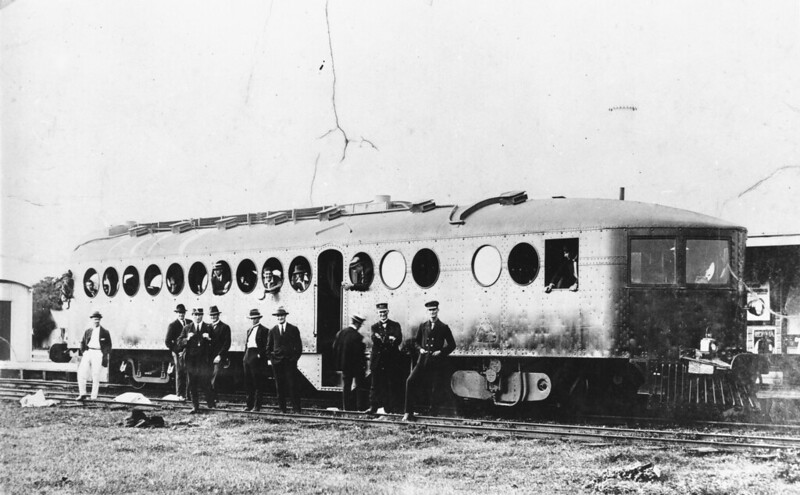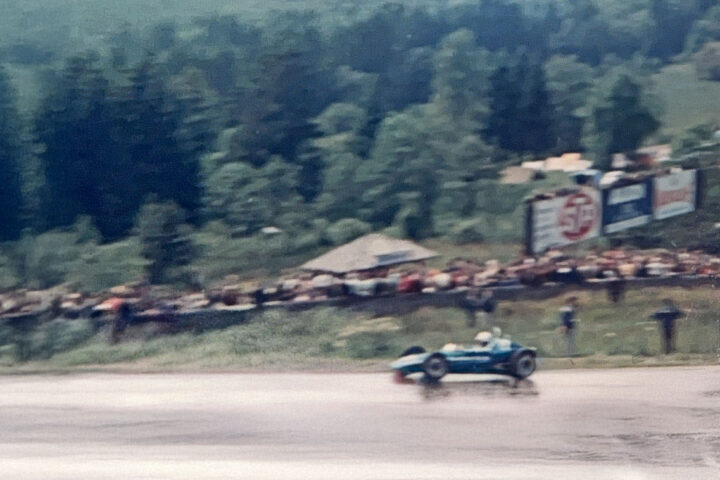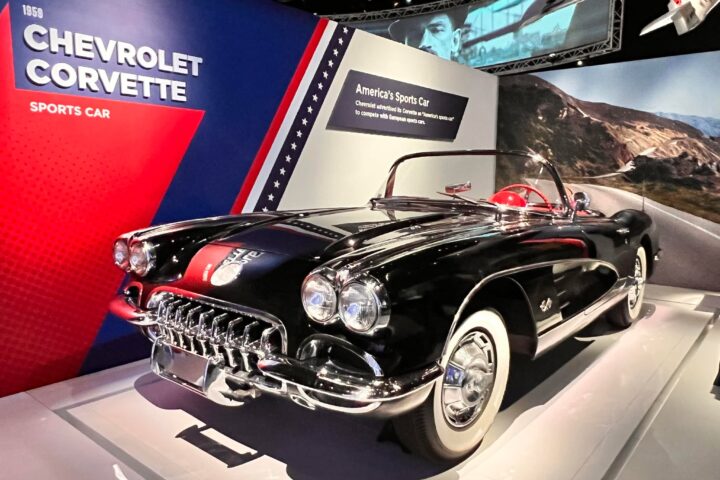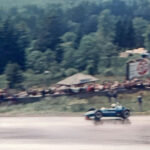TGR Staff – 07/22/2021
The McKeen Railmotor was a self-propelled railcar designed by the McKeen Company of Omaha, Nebraska, in 1905. The McKeen was innovative as one of the first railmotors with a gasoline-powered engine. William R. McKeen served as superintendent of motive power and machinery at Union Pacific Railroad when he was encouraged to develop his concept by Edward H. Harriman the head of Union Pacific.
McKeen’s design incorporated a “windsplitter” nose and additional streamlining to reduce drag. The McKeen Railmotor proved to be cheaper and more powerful than battery-powered railcars and easier to operate and maintain than the steam locomotives of the time. Union Pacific and Southern Pacific put McKeen Railmotors into service from 1915-1930.
In June 1911, Queensland Railways ordered five self-propelled Railmotors at a cost of 4500 pounds per unit. The McKeen Cars failed to meet the expectations of the railroad and may not have been well suited for the harsh environment. All five units were written off between 1929 and 1931 and eventually scrapped. The Victoria Railway didn’t have much better luck with the two Mckeens they had ordered, by 1919 they had pulled the engines and converted them to standard rail cars to be pulled by steam engines. They were scrapped in 1926.
Of the roughly 160 Mckeen Railmotors built, few remain, the only working McKeen Railmotor is at the Nevada State Railroad Museum, the Virginia & Truckee #22. Sadly, its original drivetrain has been replaced with a modern motor to allow the Railmotor to transport visitors around a short track on the museum grounds. The museum also has another McKeen from the Chicago Great Western Railway which was in service until 1964, but today is only good for parts.
If you would like to learn more about the McKeen Railmotor or plan a trip to ride in one visit the Nevada State Railroad Museum website.























